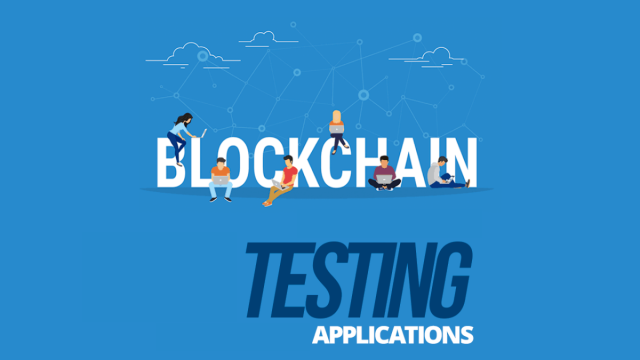Everyone has long heard about bitcoin and its technical complexity. This technology gained mass popularity with the massive distribution of bitcoin. However, its scope of use has grown over time. Any database-based product may now be converted to blockchain technology.
Naturally, the release of a product to the market should be preceded by a thorough web application penetration testing service to ensure maximum security for the user. We will tell you about the peculiarities of such testing today.
What is Blockchain from a Tester’s Point of View?
When we talk about blockchain, we frequently refer to the functioning of payment services, because there is where the most protection is required. However, this is not always the case. There are other scenarios for using blockchain. Of course, the list of test scenarios for checking the blockchain will be comparable to the list of test scenarios for testing the payment platform: validation of parameters, verification of successful transaction completion, crypto audit checks for additional conditions from requirements.
What Types of Testing are Relevant for Blockchain Applications?
Testing blockchain solutions is similar to testing a payment service, but there is also something common to testing regular applications. That is, testers can use pre-defined requirements to create test scripts. However, it is important to note that, in addition to the scenarios stated above, the tester must logically examine the application’s performance and usability.
To assure the quality of blockchain applications, a limited range of mechanisms is often utilized.
● Security testing. At the head of this method is penetration testing. The primary task is to increase the protection of the scheme for storing and encrypting keys.
● Functional testing is also used to verify that the application meets the functional requirements.
● Load testing is also important, as this method will help determine the boundary loads and stability of the entire blockchain system.


